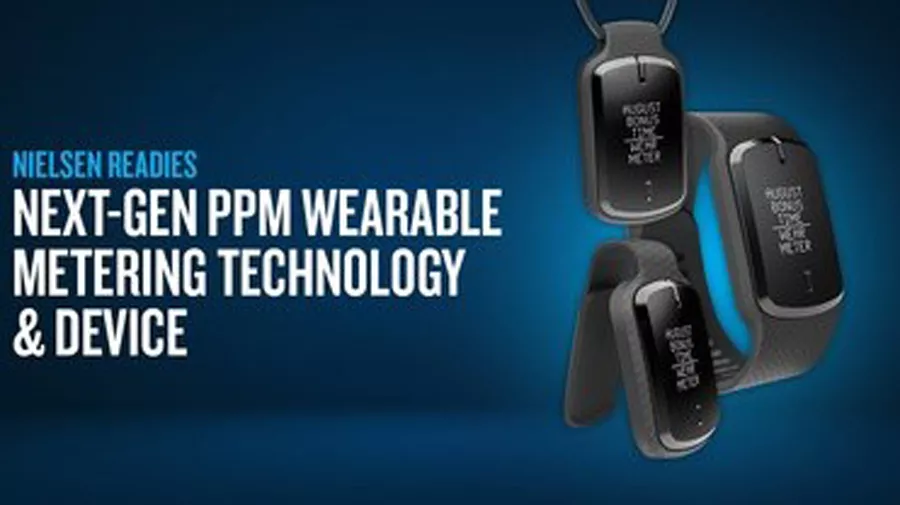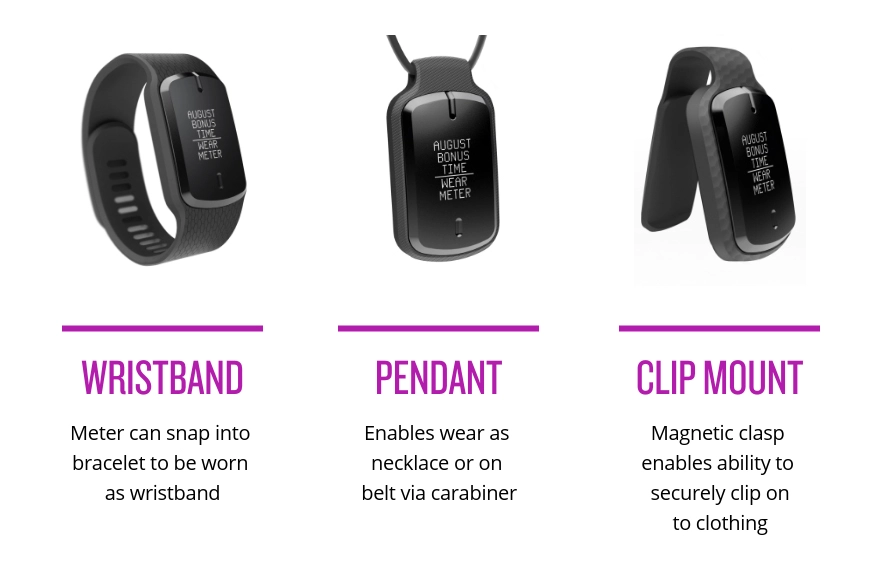Brainstorming interesting topics is just one half of the equation; finding mass-appeal angles is the most creative part of successful storytelling.
How to find and present compelling radio content is one of the topics program directors should know how to engage audiences with great content from a radio programming (rather than pure journalistic) perspective. They should always try to take it to the largest common denominator.
“WE COULD ASK A DOCTOR WHAT TO DO AGAINST HAY FEVER”
BE CRITICAL ABOUT CONTENT
What makes radio different from print & online is that it’s linear, so audiences cannot skip items, as opposed to a newspaper or website. Every listener has to get through every bit, and has the ability to jump off when it’s not interesting. Think carefully about what to put on air. What we already do with music scheduling — playing songs that appeal to a large audience, based on research — do the same for radio content. Instead of asking, “who will be interested in this bit?”, ask which percentage of the people who are tuned in right now, is not interested?
CHOOSE ENGAGING CONTENT ANGLES
Interest does not even depend so much on the chosen topic. It depends more on the chosen angle, and how a bit is being introduced. The percentage of people who are interested should be greater than those who are not, meaning: in your choice and approach of topics — and in everything you do on air, for that matter — you want to include listeners, rather than exclude them. Appeal to as many as possible.
FOCUS ON ORIGINAL PERSPECTIVES
The real creative challenge is to come up with original ideas for implementing a topic. An expert sharing ‘how to’ tips is an often-used angle. The challenge of this approach is that 85% of the listeners would not care about (this way of covering) the topic.
“THERE ARE MORE CONSUMERS EXPECTING A PACKAGE THAN THERE ARE PEOPLE WORKING AT AMAZON”
APPEAL TO LARGE(R) AUDIENCES
Try to take it to the largest common denominator. People’s perspectives are differently, so pull several different ‘approaches’ out of a hat, which can lead to a funny bit, which hopefully entertained a larger part of the audience. To simply cover the topic by interviewing an expert, would not only rule-out 85% of the audience, it won’t be really interesting for the 15% either. Perhaps they probably have the issue for quite some time, and know how to handle it.
KEEP MASS-APPEAL TOPICS BROAD
It makes sense to keep a topic that everyone cares about also interesting for everyone, because a too segmented approach, such as ‘this is how victims of burglaries suffer from breaking and entering’, would only speak to people who have had this experience.
INVOLVE ALL LISTENERS ALWAYS
“The European Football Championships? Talk about how fans are celebrating, rather than sports facts. Those with a keen interest in sports know more than you can ever cover on air. When there’s a strike at a local distributor of Amazon, rather tell people if their package will arrive in time. There are more consumers expecting a package than there are people working at Amazon. Otherwise we would run the risk of making radio for specialists; today for hay fever sufferers, tomorrow for robbery victims; constantly talking to small fractions. Stay away from “The Big Addition Deceit”; the idea that when we have spoken to all of these segments one time, we have reached everyone. The opposite is true, because with every single specialized bit, you’re neglecting a huge amount of not-interested people, who may tune out.
FIND UNIQUE LOCAL STORIES
It’s not just about what you want to do, but also (and maybe even more) about what you want to do with it; finding a story angle that will interest a large part of your audience. When you have good stories, you can get very far as a station. In a search for good stories, and in light of Munich already having the world’s largest Volksfest and Germany’s leading football team, they got the idea to highlight less-known local achievements, well-branded as Die Gong 96.3 München-Rekorde (The Gong 96.3 Munich Records).
MAKE USE OF CROWDSOURCING
They did not do the obvious; just presenting some nice stories, but actively involve listeners in and reward them for finding stories instead. Whoever brought in the ‘record of the week’ story, got a € 10.000 (then about $ 11.200) cash reward. It was a successful radio promotion because of its local character, its extended purpose – it was not only engaging and entertaining listeners, but also giving them monetary value.
MEASURE CONTENT ALONG CRITERIA
Although you can research a lot, you find the best stories when you activate your community. The city’s tallest person is 24-year-old Jannis: 2 meter and 22 centimetres! Another extraordinary case is the biggest age difference in a relation; Lia (33) is living together with her husband Heinrich (84). Jaw-dropping stories are also clickable & sharable via social media that are great distribution tools in addition to the station website. Gong 96.3 tries to feature surprising, current, regional, unique, emotional and valuable stories. These 6 points should — as much as possible — be included in every piece of content.





